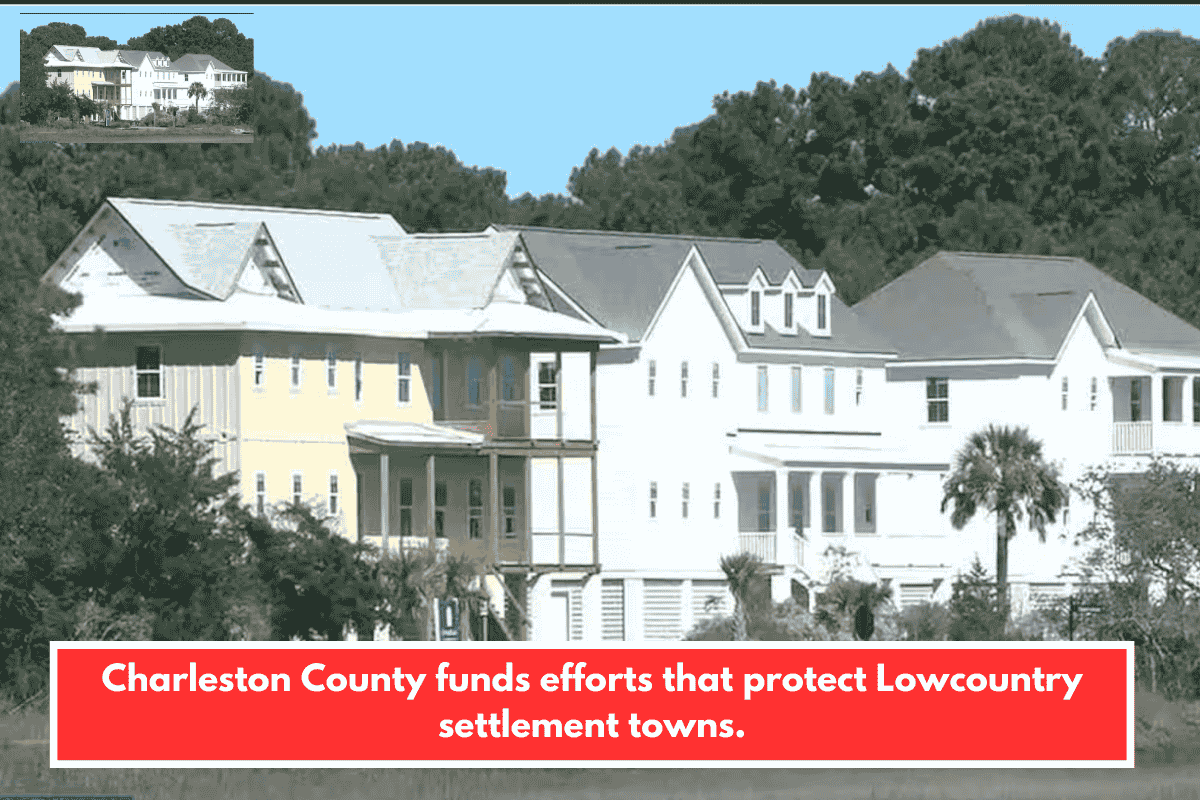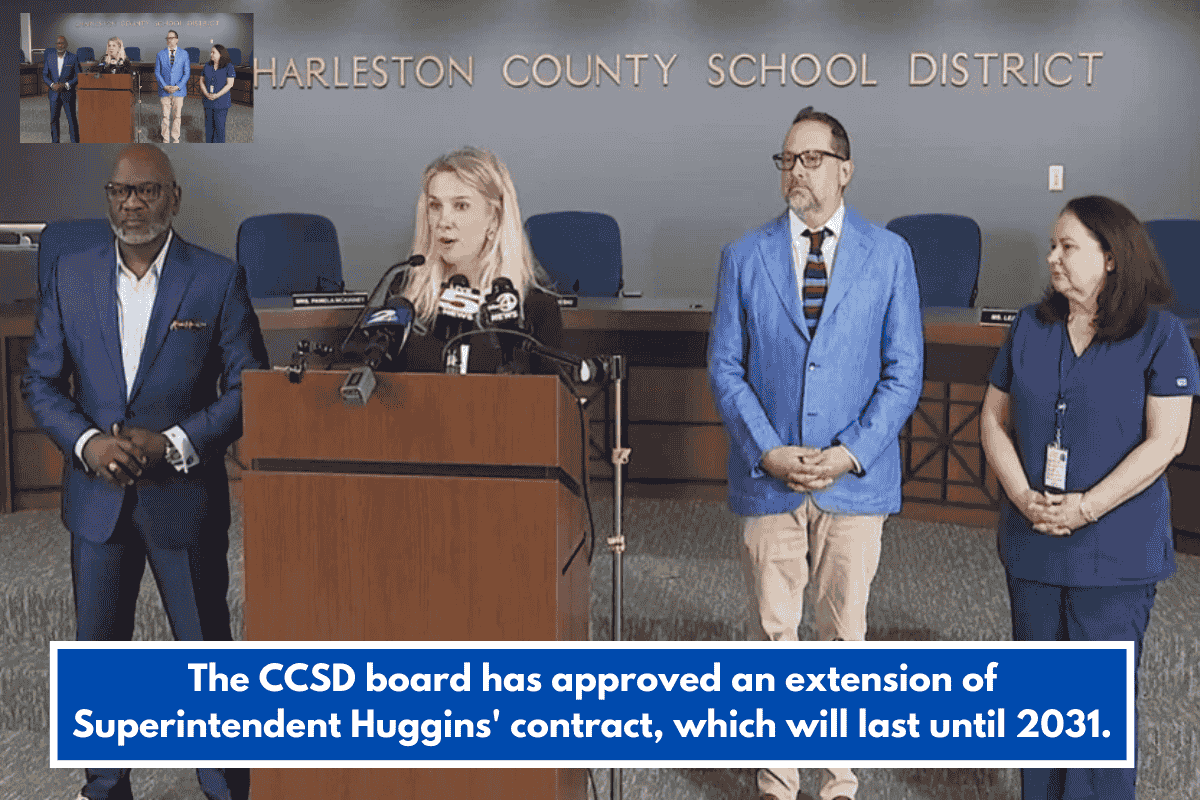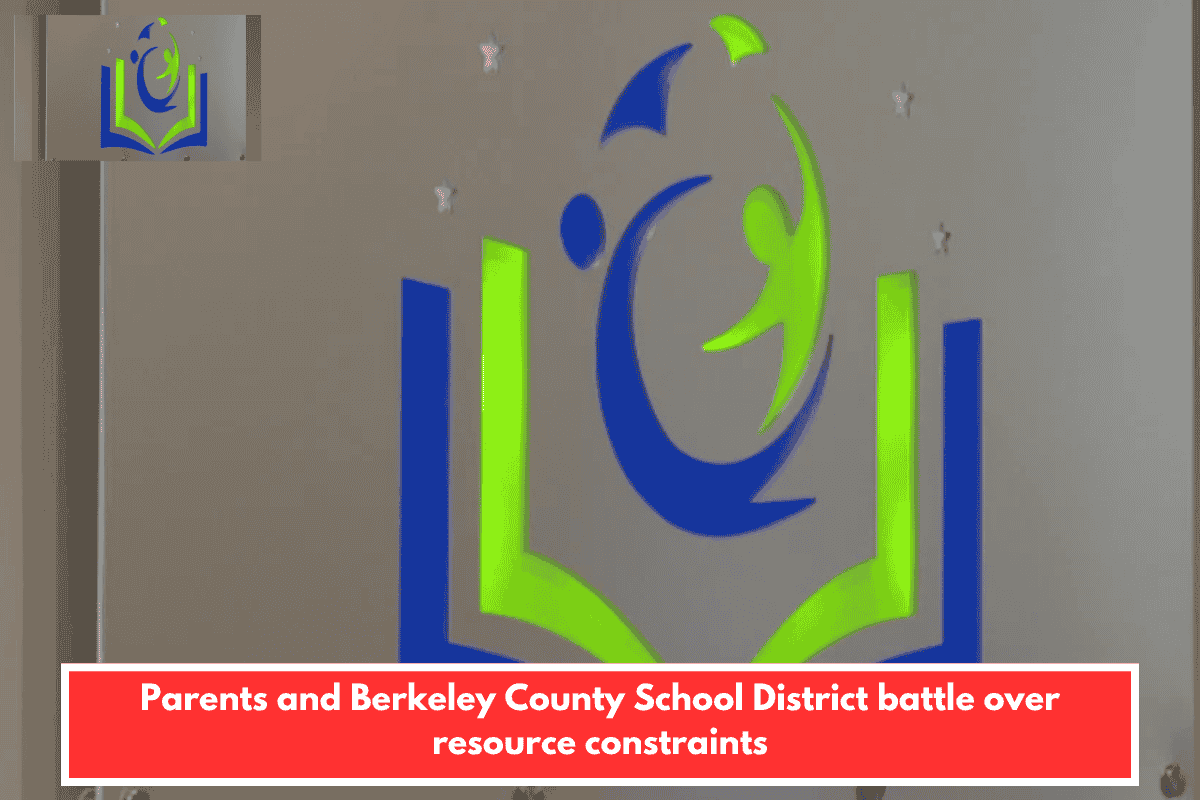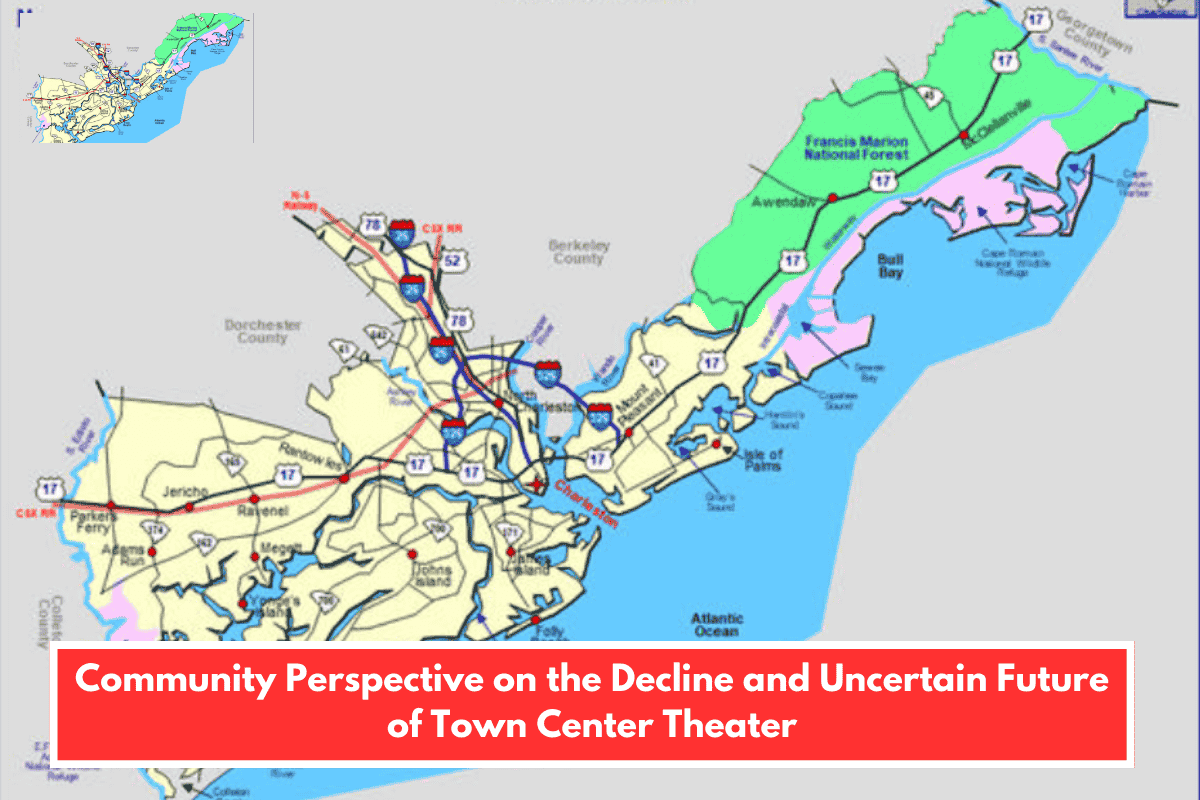HARLESTON, South Carolina — Charleston County officials are proposing over $40,000 in funding to maintain Lowcountry historical towns.
The county’s Settlement towns Grant program helps to keep historical towns and sites in good shape.
County funds from the American Rescue Plan Act support the program’s projects, which help provide settlement communities with vital services.
Each municipality is asking for a $4,500 grant to fund beautification efforts that promote visibility, resilience, and sustainability. The projects vary from agricultural improvements to cemetery and monument cleanups.
Finance committee leaders are exploring the following initiatives for the organizations.
- Lincolnville Preservation & Historical Society
- Red Top Improvement Association
- John’s Island Progressive Center
- Ten Mile Neighborhood Association
- Heritage Community Development Corporation of SC
- Phillips Community Association
- Hamlin Beach Community Association
- St. Paul Missionary Baptist Church
- Edisto Island Youth Recreation
- Edisto Island Open Land Trust
In 2024, more than $1.2 million of the county’s American Rescue Plan Act monies were allocated to program activities.
The funds were distributed to organizations such as the Center for Heirs’ Property and the Gullah Geechee Cultural Heritage Corridor, which collaborated with the College of Charleston’s Riley Center for Livable Communities.
Christine Mahoney, Director of Public Relations at the College of Charleston, provided the following statement about their role in the program:
LoElla Smalls, who works with the county’s Community Development and Revitalization Department, is actively involved with the program. Smalls believes the initiative serves an important part in maintaining the Lowcountry’s history because many of these communities have been in place for over 50 years.
“The majority of the neighborhoods are home to low to moderate-income households. “ARPA funds were intended to assist these communities,” Smalls argues. “The county wanted to preserve these communities, help them hold onto their history, but also give them funds to help them with projects to help with their community, that they wouldn’t be able to do.”
The Center for Heirs Property Preservation, a nonprofit organization, oversees the county financing opportunities. The organization provides legal and financial assistance to help families maintain generational land ownership.
Ashley Walker, Director of the Center for Heirs Property Preservation Settlement Community Project, explains that towns were chosen through an application procedure.
“Those communities submitted those applications back to us and we ranked them based off of historical significance and relevance,” Walker explains. “As well as the projects that they submitted, seeing how impactful they would be to that individual community.”
Walker claims that the endeavor will have an influence on 26 villages, despite the fact that the county recommended only 10 communities.
District Two County Councilman Larry Kobrovsky believes that maintaining and appreciating historical sites is vital to the Lowcountry.
“I’m of the opinion that needs to be done now before it’s overrun,” according to Kobrovsky. “If we leave progress to its own devices and everything is concreted over, we lose some of our identity. I believe we must take proactive steps to preserve what is unique and exceptional.
The project will employ the remaining of the ARPA funds to wrap up the program. Walker believes preservation work will never stop. She said a series of family-friendly events, including clinics and legal services, are planned to help with land preservation efforts.









